Here's what I saw on this beautiful autumn day, as the nuts went from tree...
...to sack:
Well, I've skipped a few steps there. Want to see them?
You start with a grove of pecan trees. McGraw Hilltop Pecan Farm has about 250 of them, in five different varieties.
When the time for harvest arrives -- late October/early November usually here -- you start by shaking the pecans from the tree. This tractor attachment does it quickly and easily:
It's difficult to see, but most of the leaves and all of the nuts are falling:
Better seen from this angle:
The ground gets covered with everything that was on the tree:
The leaves get blown out of the way...
...then the nuts are collected using these rolling rakes:
Several friends and family members were assisting, as all of the nuts need to be harvested on the same weekend or the wildlife will get too much of it.
The rolling rakes are emptied into these tubs...
...which are then carted up to the driveway and emptied into the sorter:
Nuts and sticks and leaves go up this conveyor...
...and just the nuts come out this side:
Their 92-year-old father inspects each nut and removes any with cracks, splits, or dents. Those will jam the machinery that removes the shells:
(Those "rejects" are shelled by hand and saved for personal use.)
Then sacks are filled, awaiting transport to the processor in rural Missouri who will remove the shells:
It's a pretty amazing operation considering that it's in what is essentially suburban St. Louis (St. Charles county).
Want to hear more details?
Twenty-six years ago or so, Vicky and Kevin bought the property which was, unsurprisingly, old farmland. I suppose it took a few years of work to clear and prepare the land, because Vicky told me that the trees were planted 20 years ago.
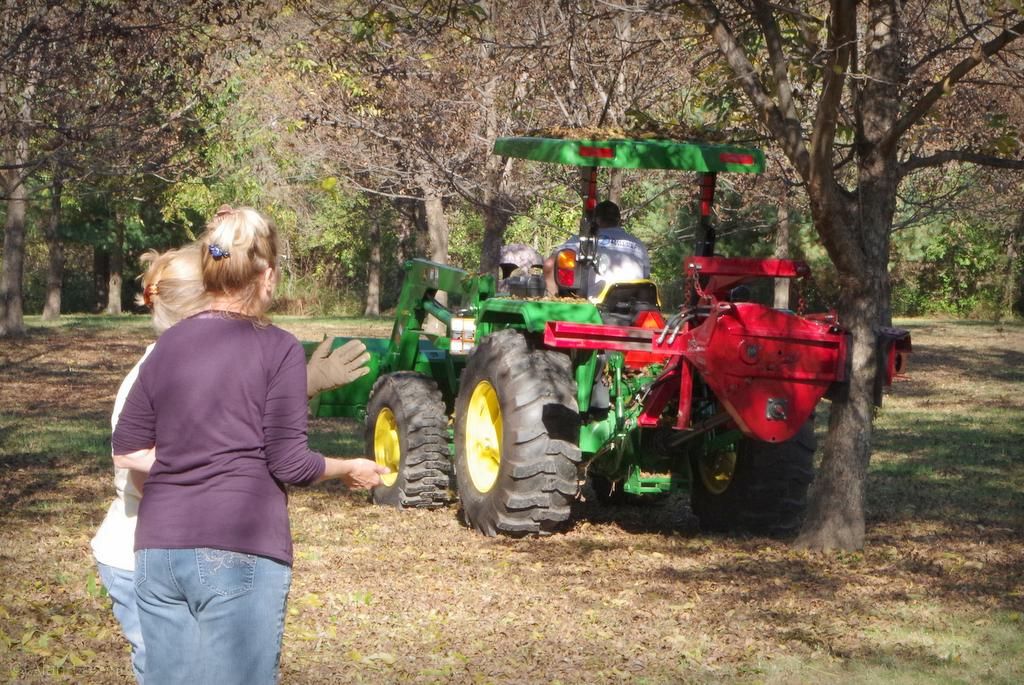 |
| Here's Vicky (in purple) giving the explanation to another visitor, with Kevin on the tractor. |
They planted five different "improved" varieties of northern pecans, including Meramec, Pawnee, and Kanza -- the other two I don't remember. Why different varieties? Well, they each have different characteristics including nut size, flavor, and disease resistance.
That's Meramec on top -- Vicky said that they are usually much larger than that -- and Kanza on the bottom if I remember correctly. Vicky told me that the Kanza were bigger than usual this year due to growing conditions and the fact that they are more resistant to pecan scab.
Pecan scab is one of the issues that they have to deal with...
...and they do so most years by doing nothing. No spraying here! (Pecan scab makes the hulls less flexible, restricting the growth of the nuts.)
No spraying means accepting that farms (and gardens) are not always picture perfect:
I know I appreciate this!
All of the trees are grafted onto Missouri seedling rootstock. It's clearly seen even after 20 years:
The bark pattern change indicates the graft line of course.
Vicky mentioned that this is an unusual year when it comes to weather. Most years the trees would have very few leaves left before shaking, and would be completely barren after. Not this year!
Almost doesn't look like autumn, does it?
Since pecan trees are quite long-lived, they eventually will need to remove every other tree to give the remaining ones room to grow.
That's pretty much the end of my visit. A few tidbits left...
When you have a farm in a primarily residential area, this...
...is what your "barn" looks like.
And I'm sure I've said this a few times before, but learn your camera!
While trying to find the right settings with which to show the leaves and nuts falling from the shaking trees, a previously ignored menu told me that my camera has a macro mode...
...which let me take a macro shot with a regular lens (like the inexpensive point-and-shoot cameras do). I wonder what it will do when I have the macro lens attached? Exciting discovery!
I appreciate Vicky and Kevin inviting me out to document their efforts during this busy time. It was a great afternoon and I learned a lot about their delicious pecans!
Any questions?
Visit McGraw Hilltop Pecan Farm on Facebook.
.
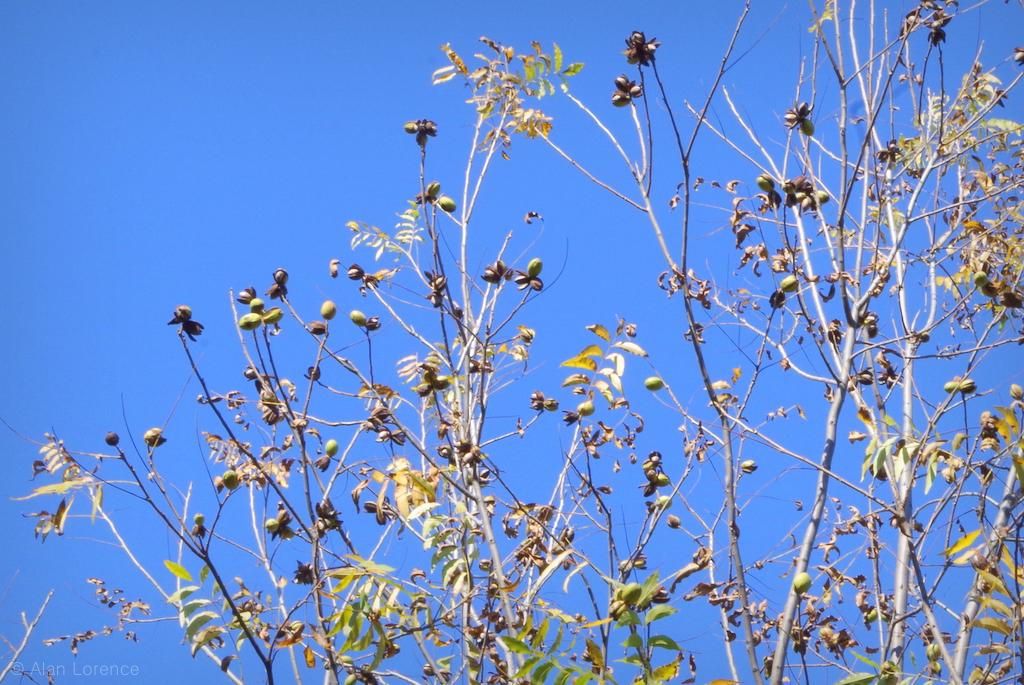
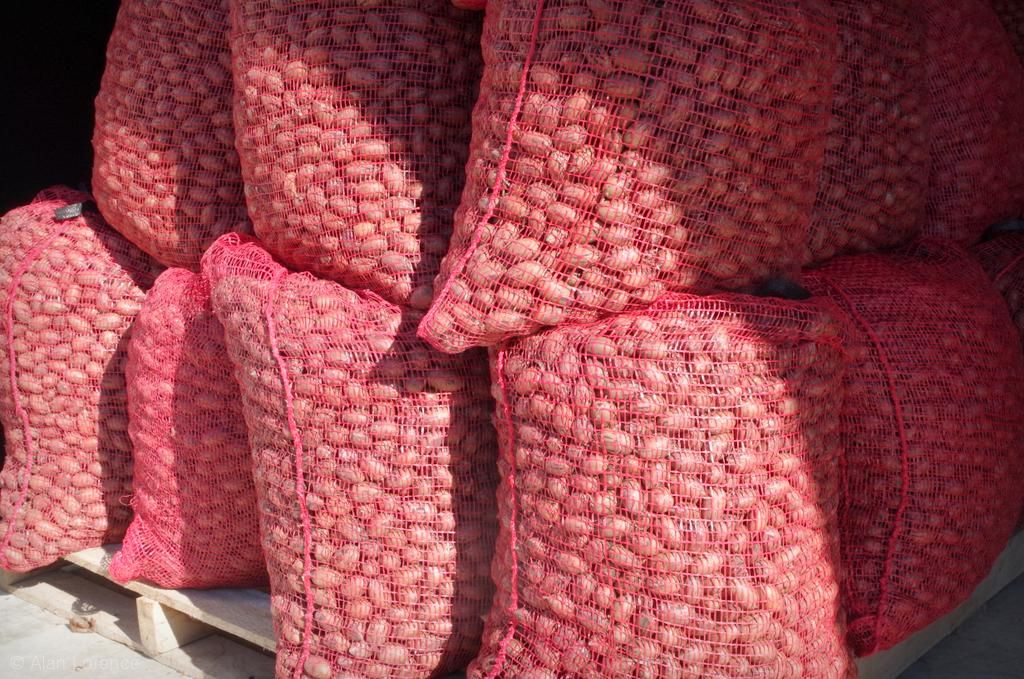
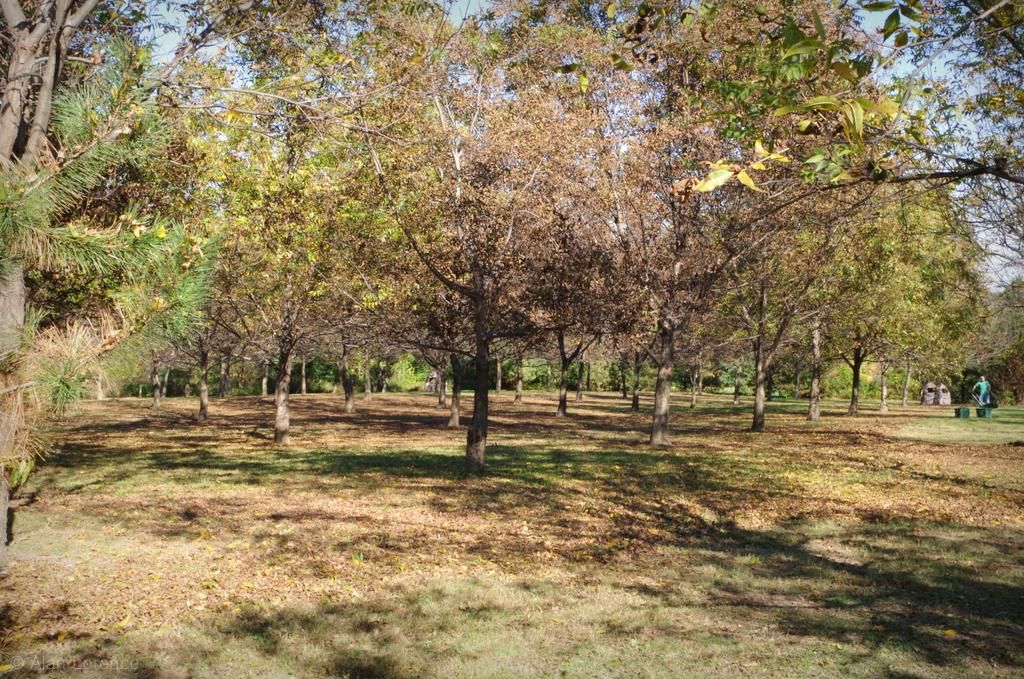
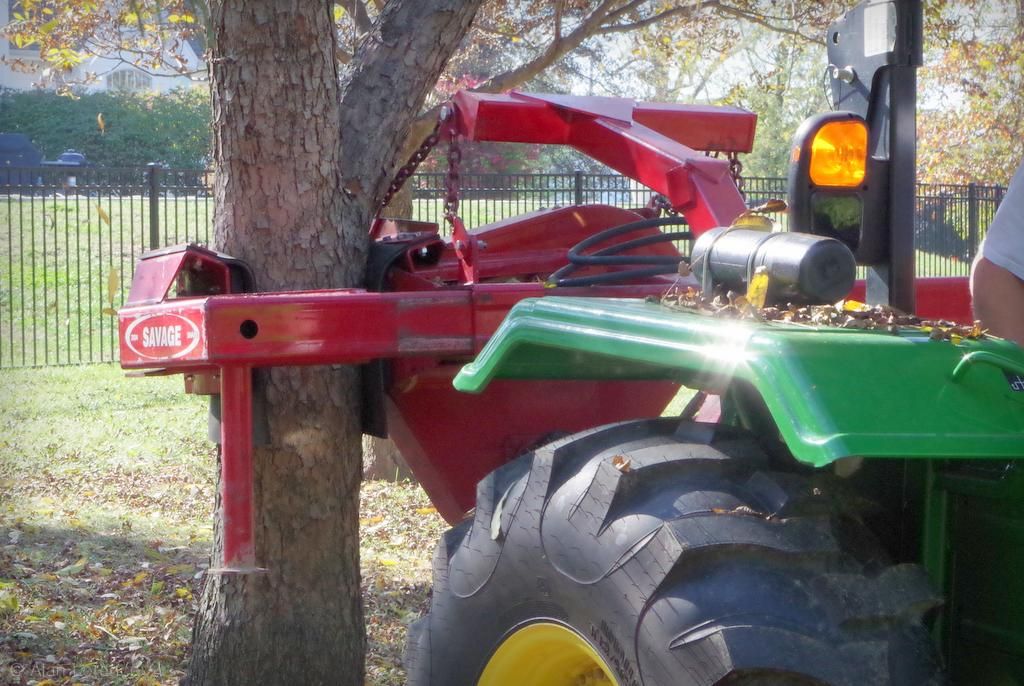
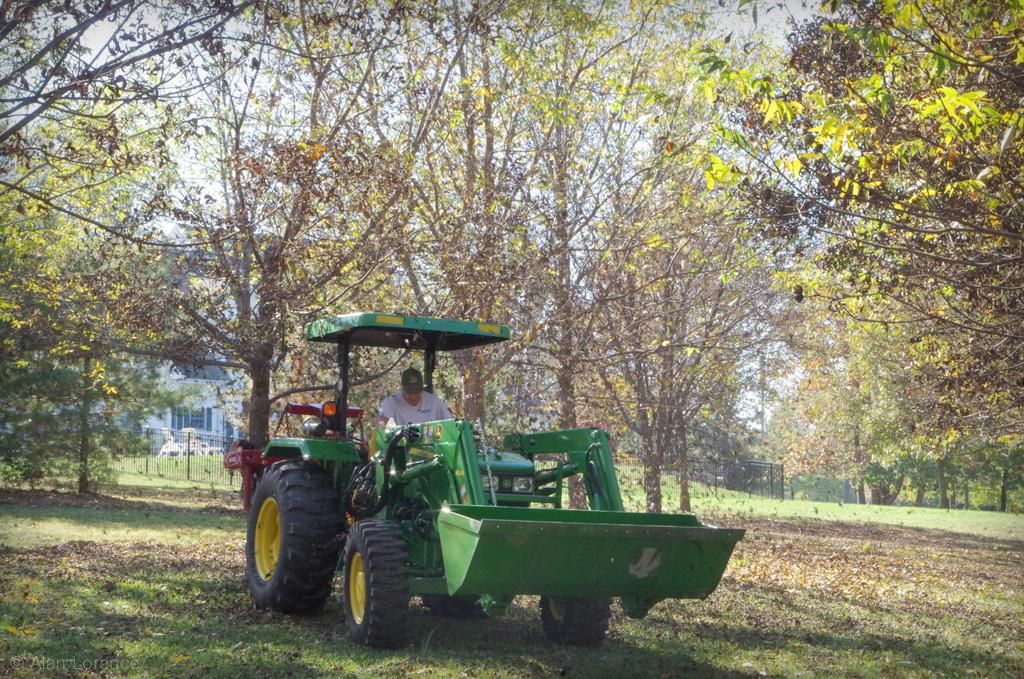
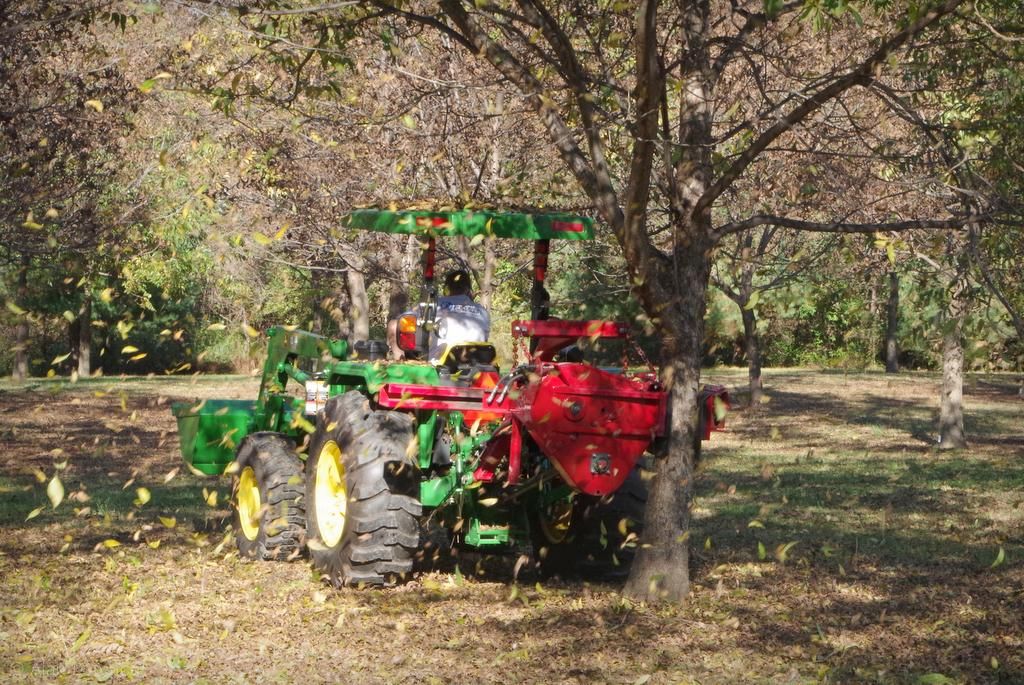
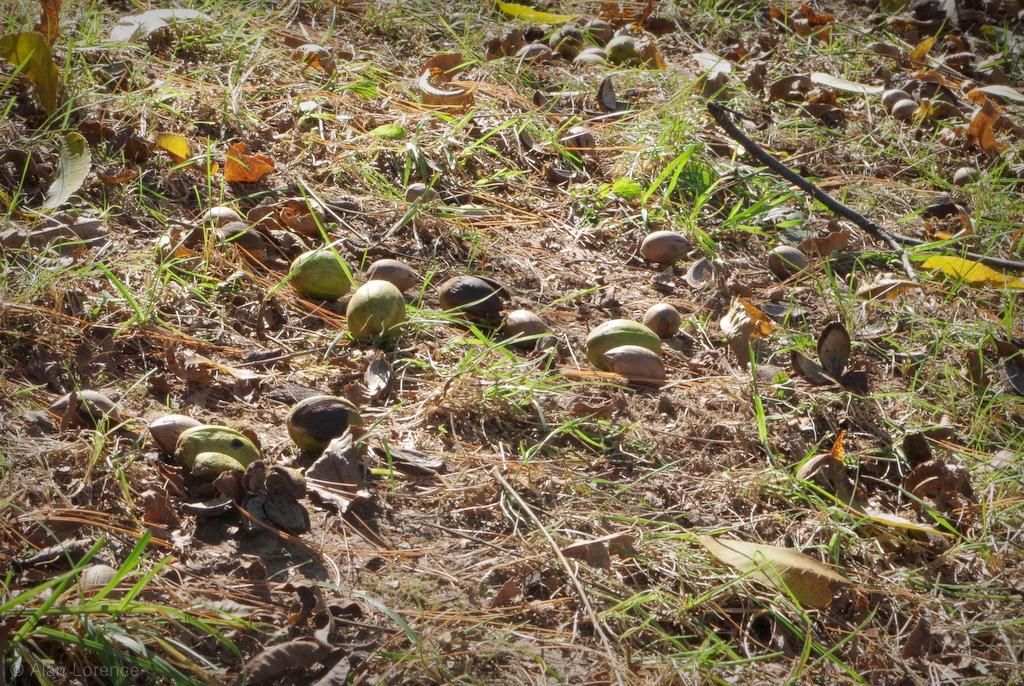
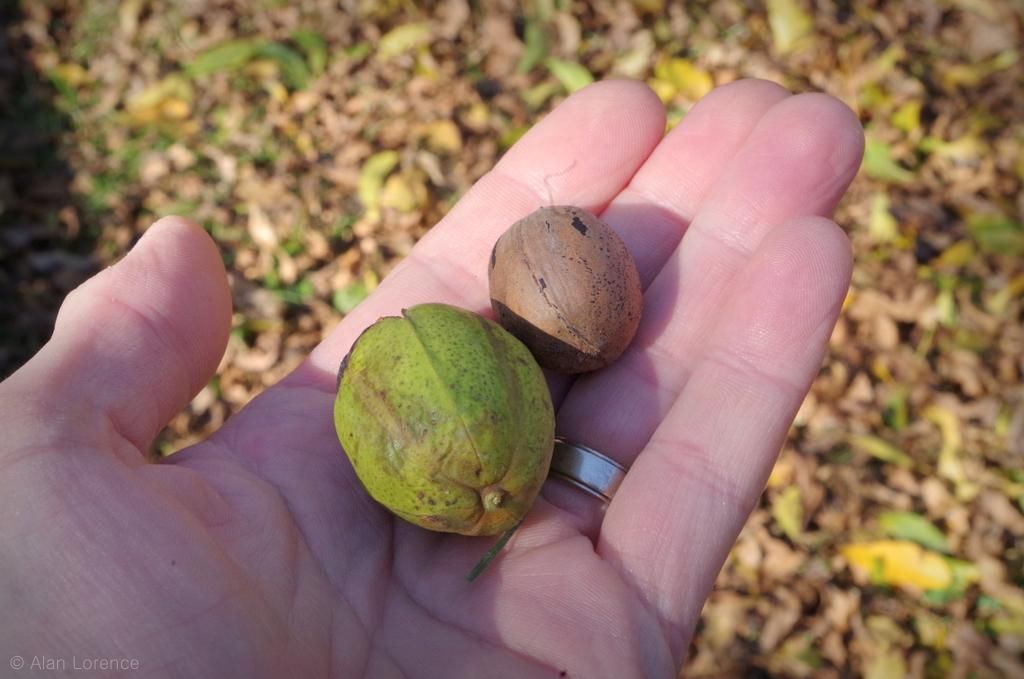
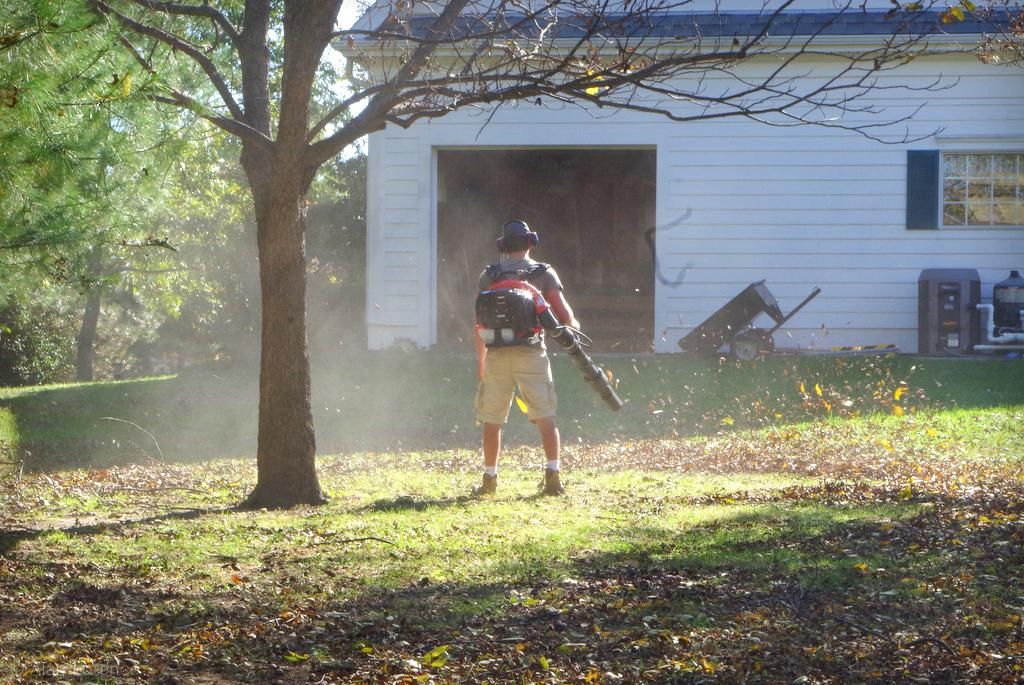
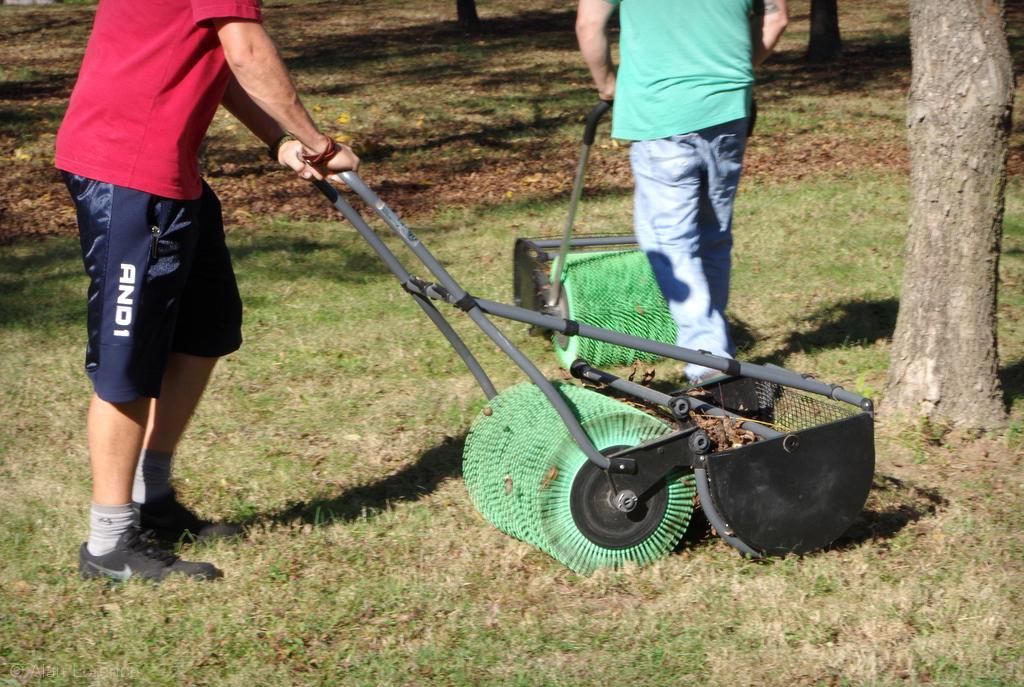
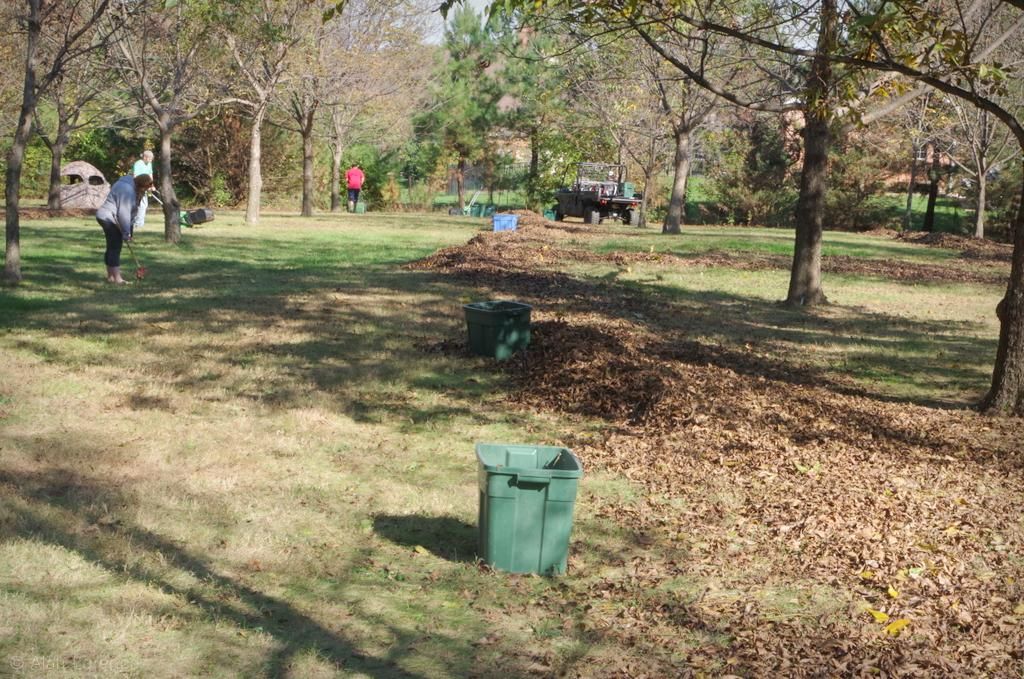
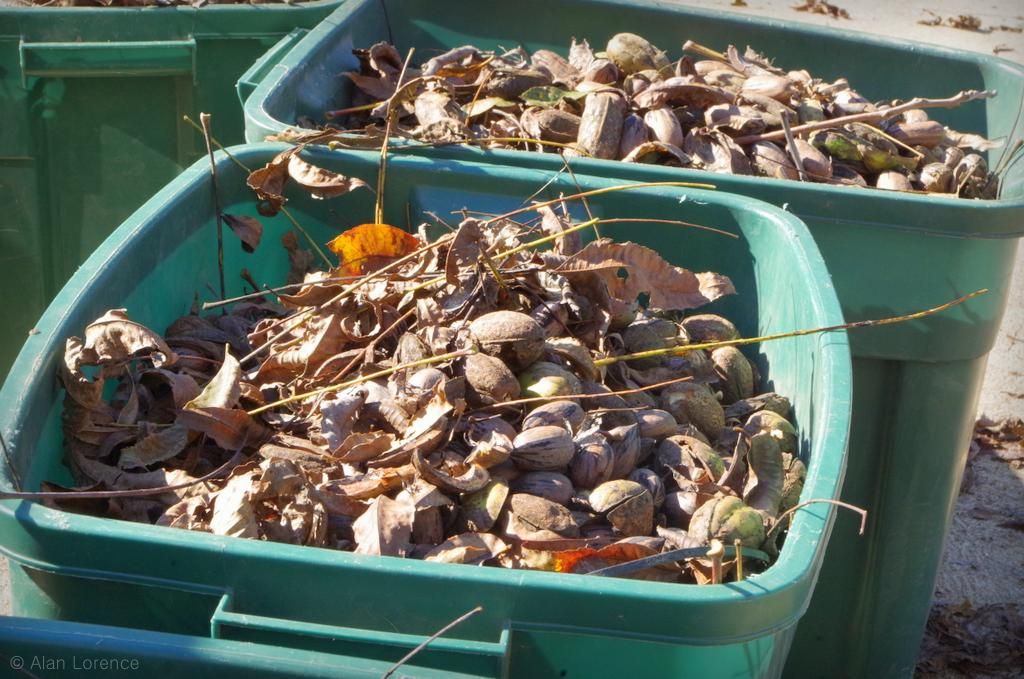
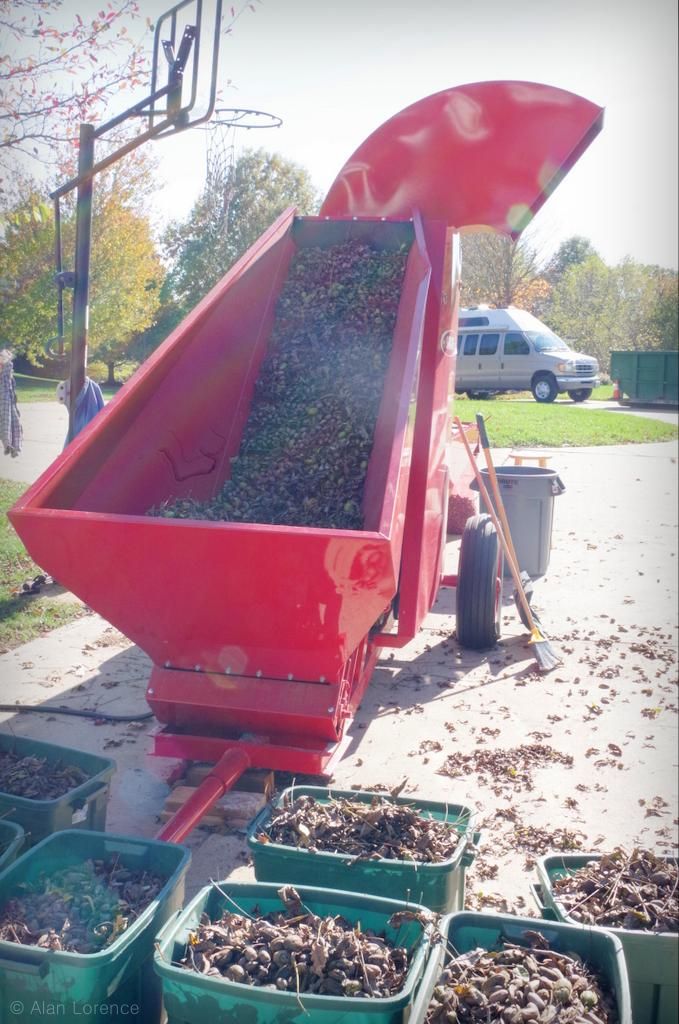

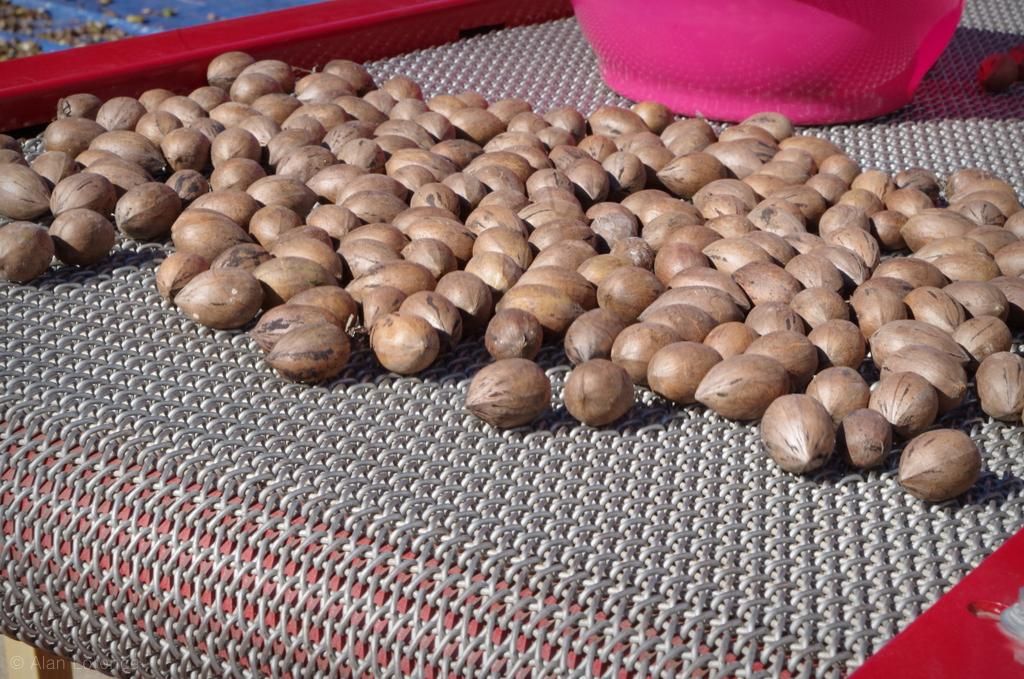

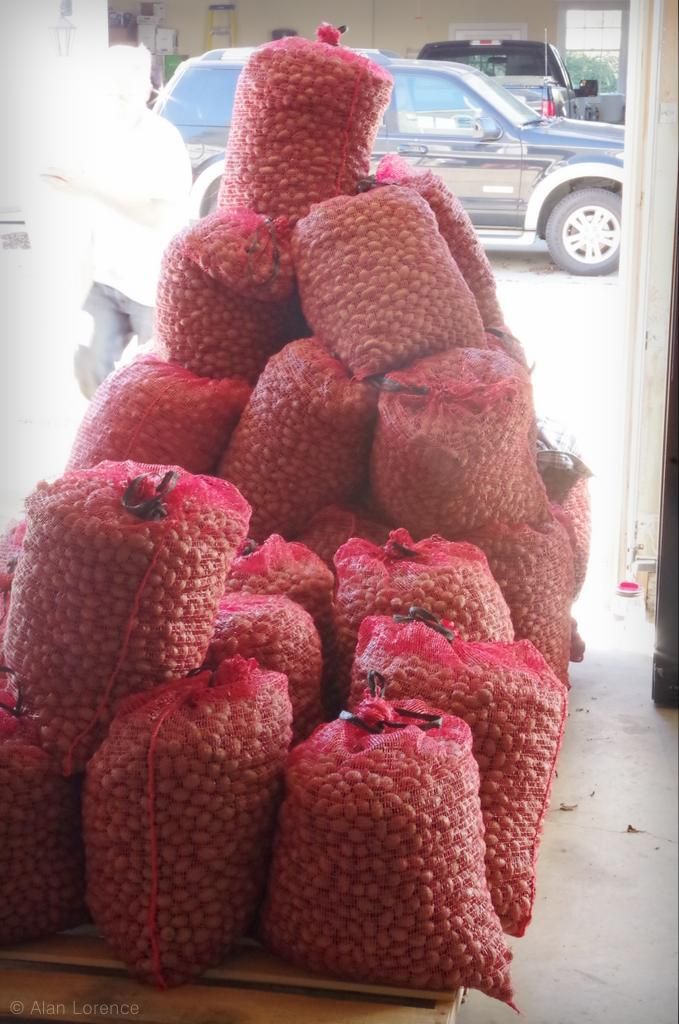
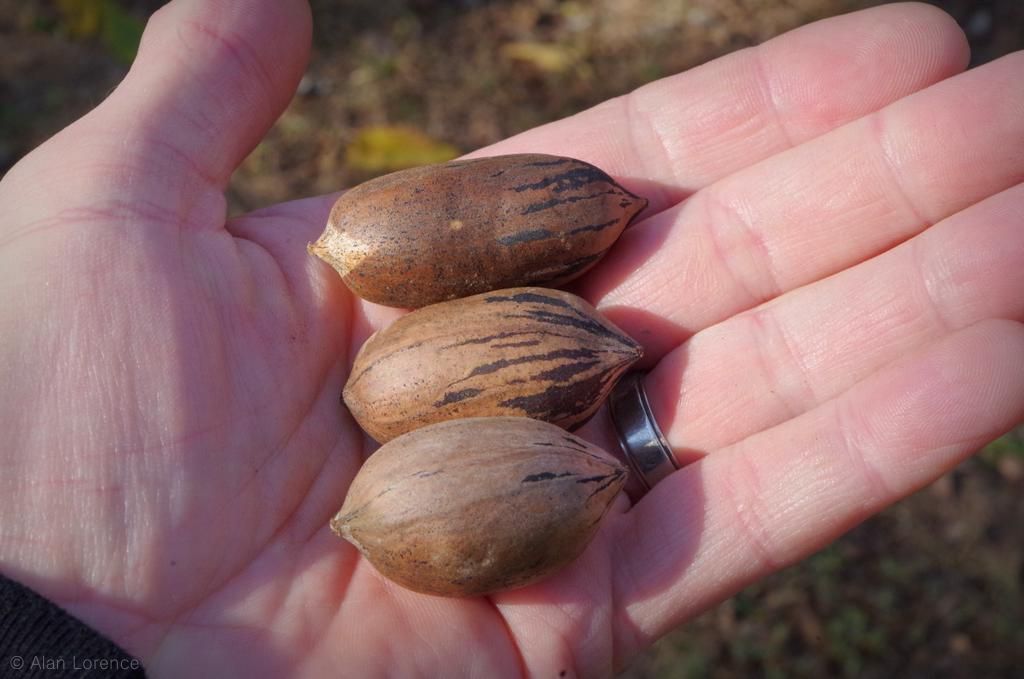
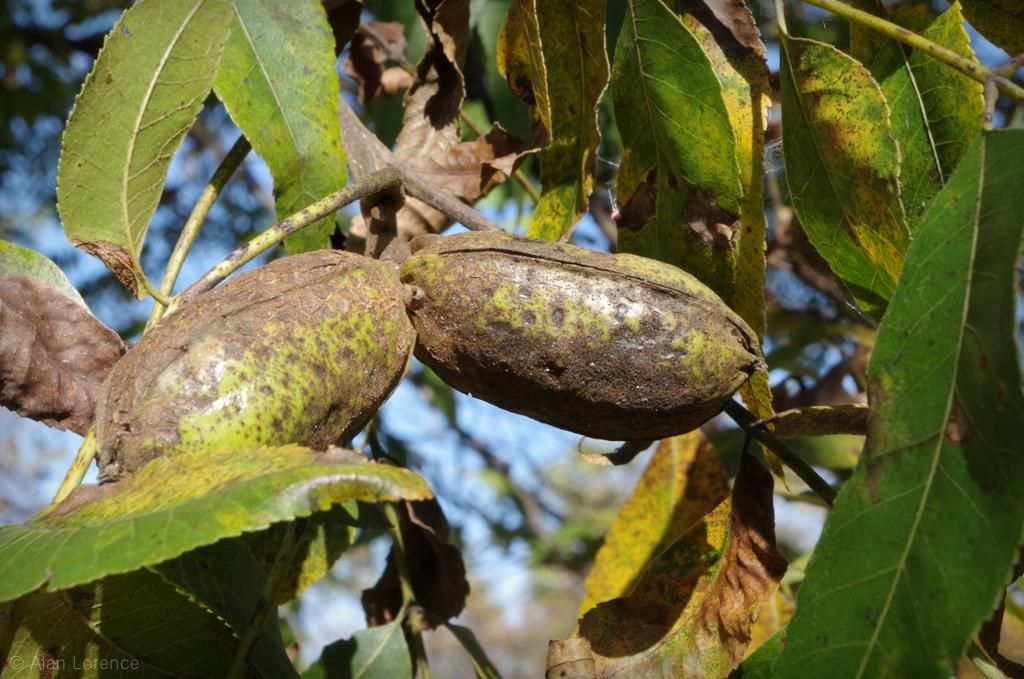
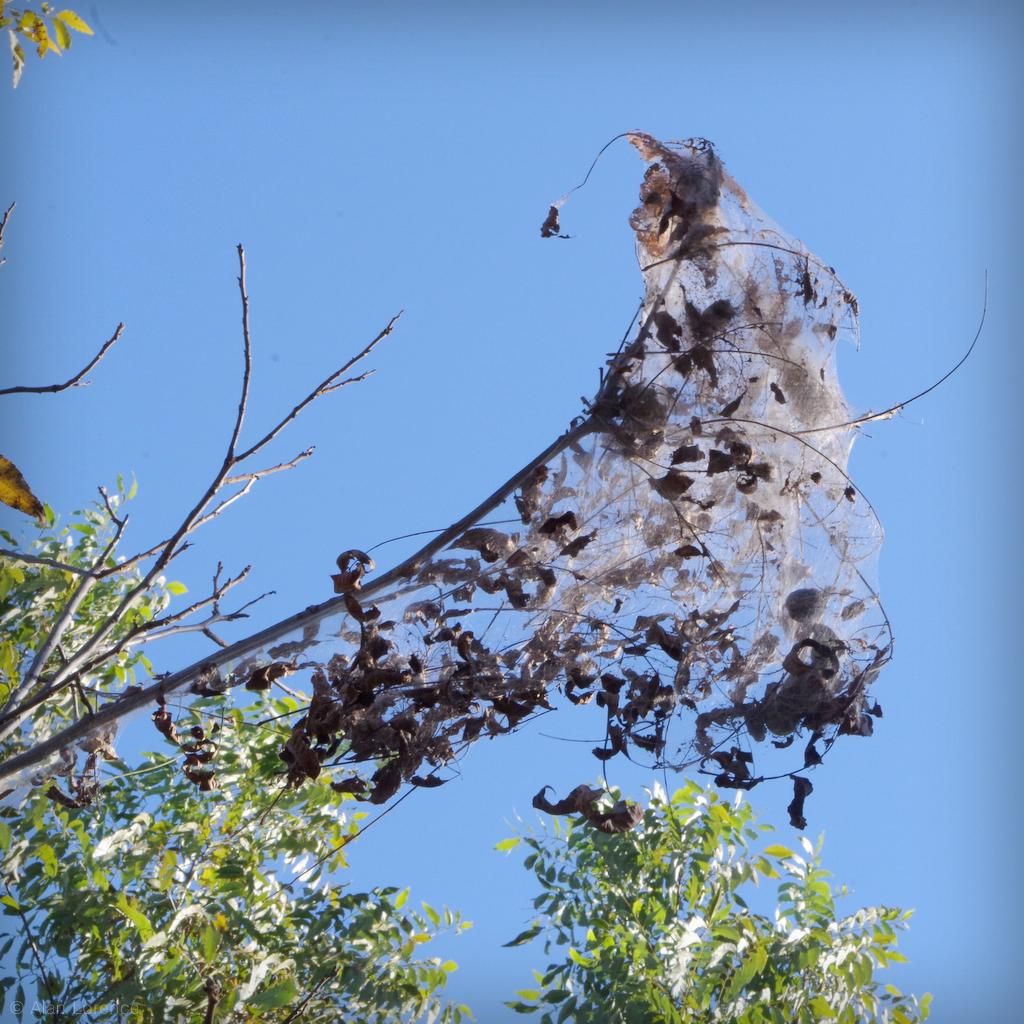
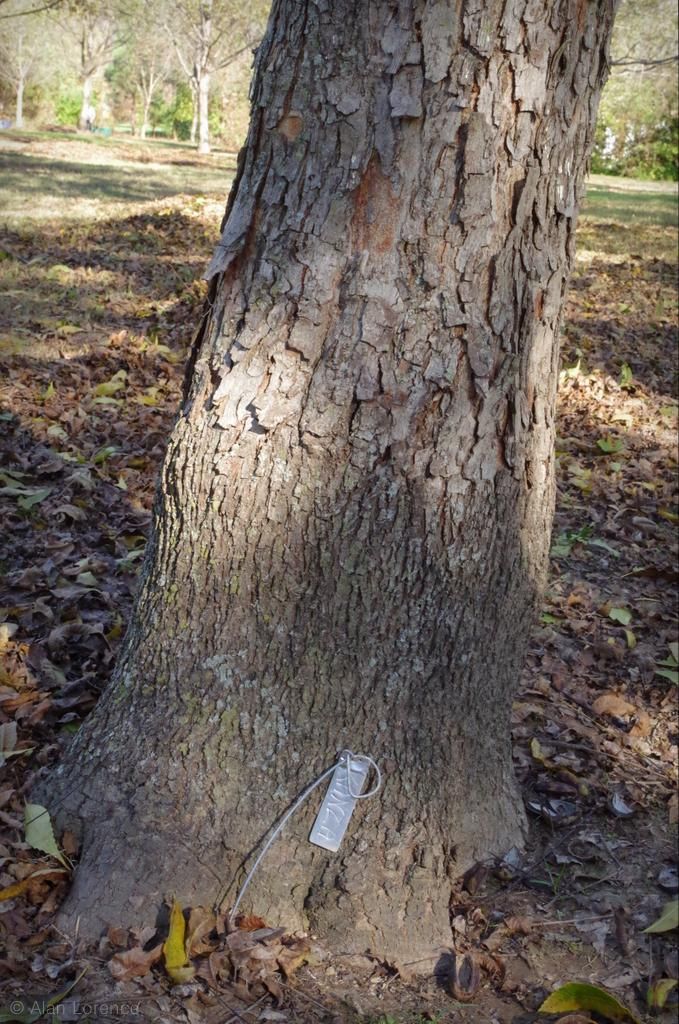

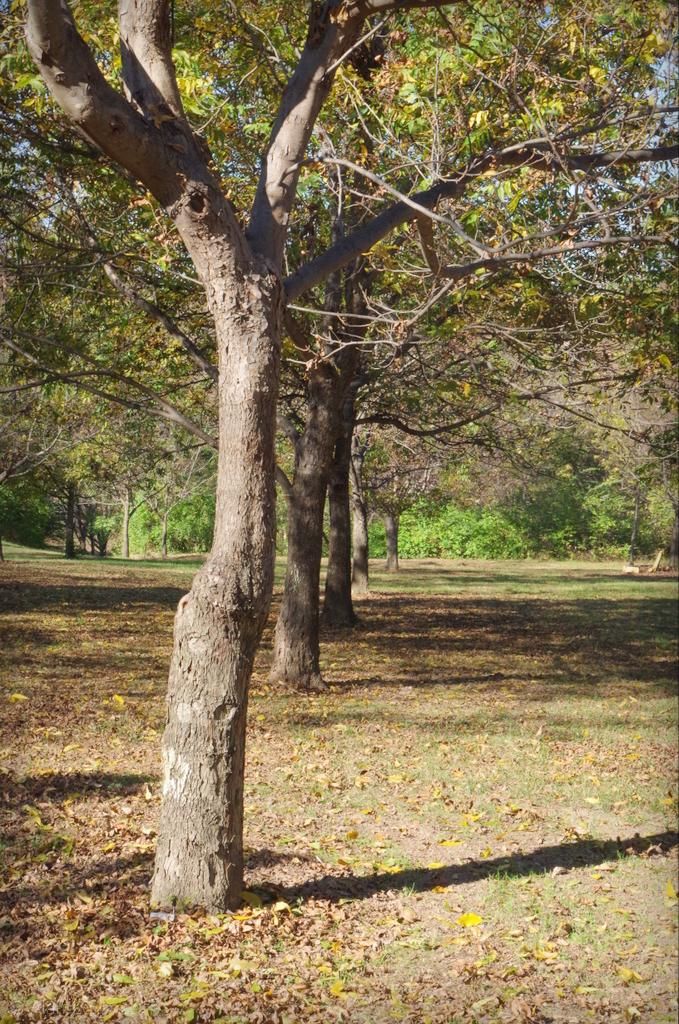
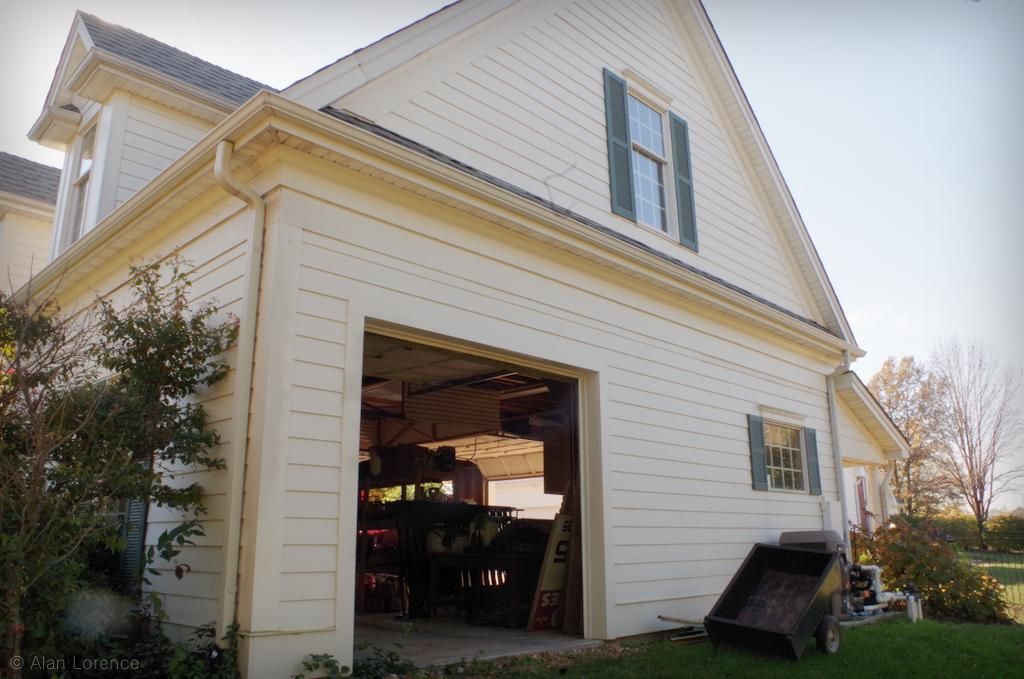

Wow, that's a lot of work, and well worth it from a pecan fan. Thank you
ReplyDeleteGreat post! To me pecans are exotic since they don't grow in California, or at least aren't grown commercially. We have lots of almond orchards in our area though.
ReplyDeleteWhen my in laws lived in Truth or Consequences, NM, they had a couple of pecan trees. The nuts were so good. They even sent us a big shipment of them one year, still in the shell of course. Thanks for the fun tour!
ReplyDeleteVery interesting!
ReplyDeleteI had no idea pecans grew in Missouri. we have them here too.
ReplyDelete